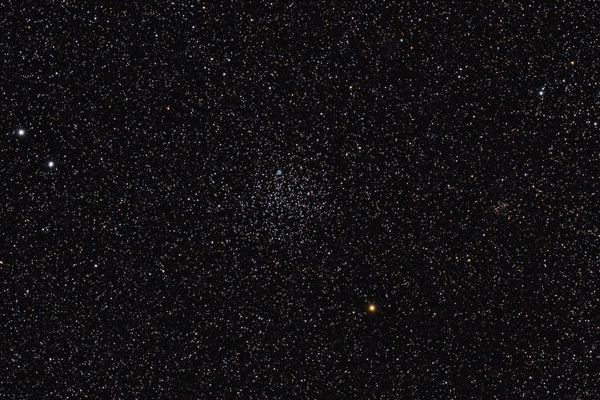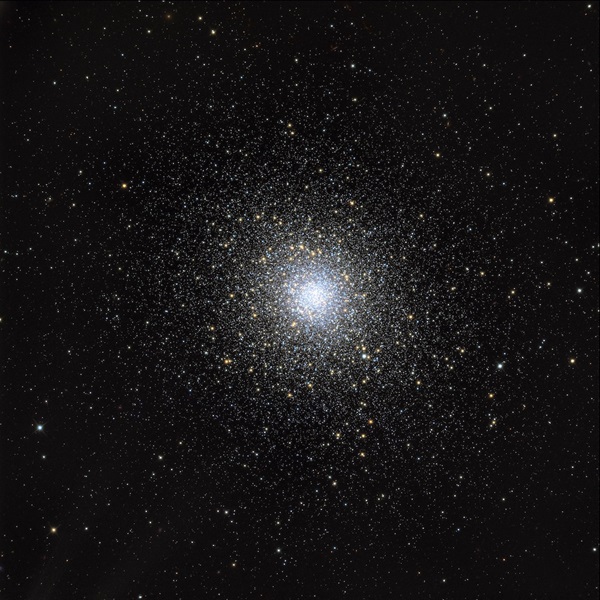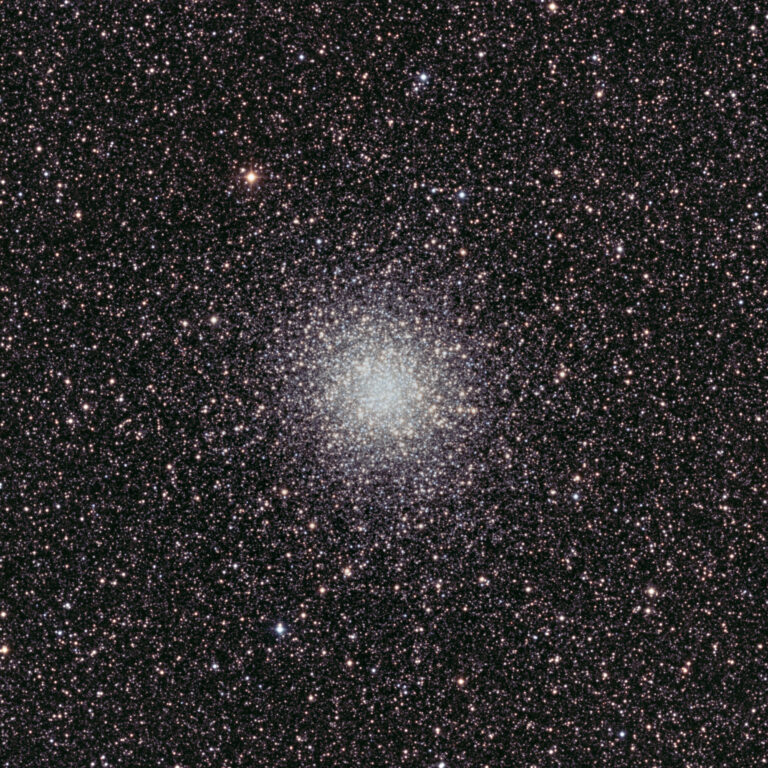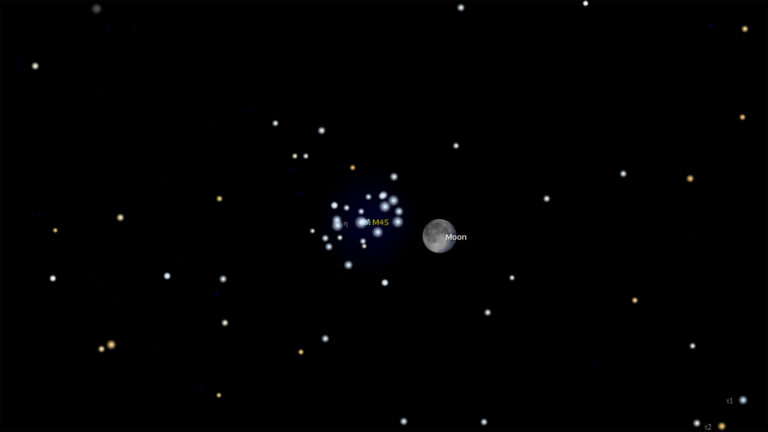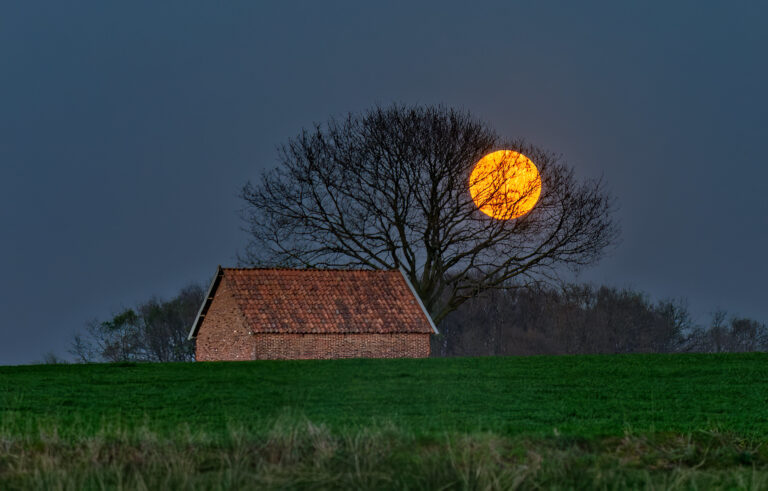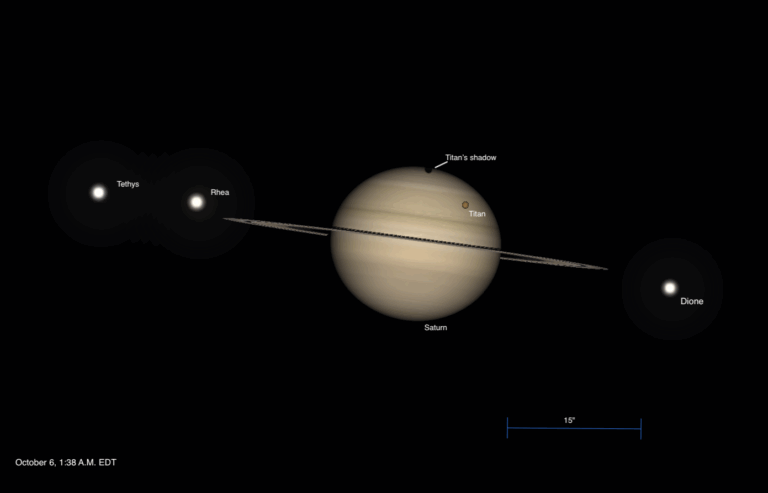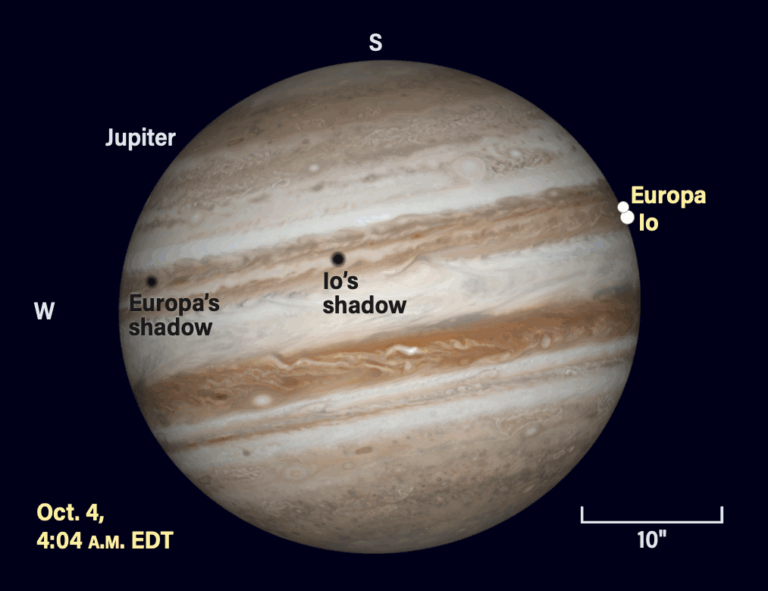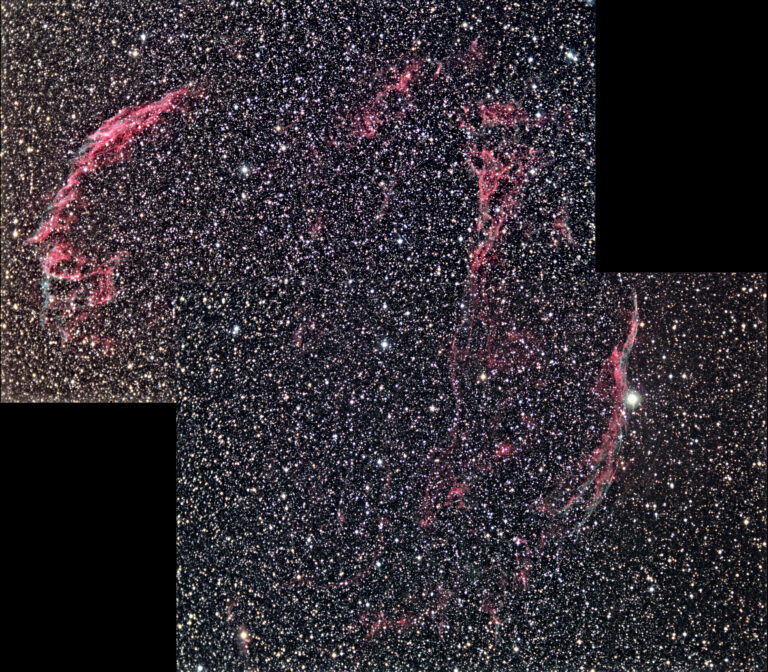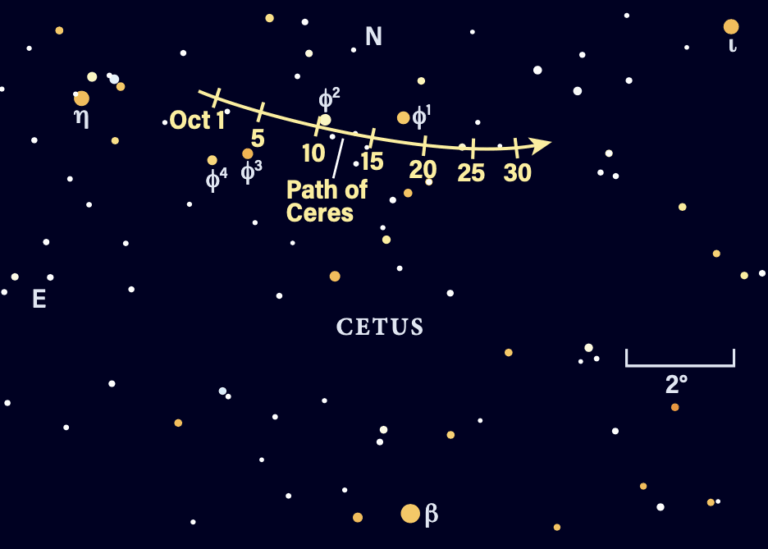Key Takeaways:
- Charles Messier's catalog comprises 109 deep-sky objects, including galaxies, nebulae, and star clusters, initially compiled to distinguish them from comets.
- A "Messier marathon" allows Northern Hemisphere observers to view all 109 objects in a single night during a specific spring window, while a "mini-marathon" focuses on a smaller subset observable within a shorter timeframe.
- The article details observation techniques and provides specific information on several Messier objects, including their location, magnitude, apparent size, and observable features using different telescope apertures.
- Optimal viewing periods are highlighted, considering lunar phases to minimize light interference, with suggestions for maximizing observational success through equipment setup and techniques.
Messier’s objects are not spread out evenly across the sky, so a window exists from mid-March to early April when observers in the Northern Hemisphere can catch them all in a single night. This feat is called a Messier marathon, an activity that’s been popular with astronomy clubs since the 1980s.
Many observers have nabbed all 109 objects in one night. But what if you can’t devote a whole night to the hunt? Then spring for the Messier mini-marathon, 25 great objects you can see between the fall of darkness and midnight.
Start with the first object on the list; it will be farthest west, so the following objects will set one after the another, in order, giving you more time to observe them.
In 2021, the Moon is New on March 13 and April 11. So, your first observing window is from the date you get this magazine until around March 16. Starting on the 17th, moonlight will interfere with your search until Last Quarter, which occurs April 4. Then the sky will stay Moon-free until past midnight for another week, marking your second observing window.
Let your scope cool to the ambient temperature, take your time with each object, and have fun!
M1: The Crab Nebula in Taurus is a supernova remnant with a high surface brightness, so even a 3-inch scope will reveal it. It shines at magnitude 8.0 and its oval shape, measuring 6′ by 4′, is oriented northwest to southeast. To find it, start at 4th-magnitude Zeta (ζ) Tauri and move 1° northwest of the star.
M36: The Pinwheel Cluster shines at magnitude 6.0. With a 4-inch scope, several dozen stars will be visible strewn across an area 12′ wide. Insert an eyepiece that gives a magnification around 100x and see if you can spot a pinwheel-like pattern in this cluster’s stars.
M42: The Orion Nebula may be the sky’s No. 1 object. Any scope will reveal nebulosity here, plus a tiny cluster of stars called the Trapezium. Although you don’t need a nebula filter, using one from a dark location accentuates the contrast between the light and dark regions.
M37: The Salt and Pepper Cluster in Auriga shines at magnitude 5.6 and displays an even distribution of stars not found in many other clusters. Although it sits squarely within the Milky Way, M37’s borders are easy to discern. A 3-inch scope reveals 50 stars within a 20′-wide circle. The brightest member — a magnitude 9 orange star — sits near the cluster’s center.
M35 lies 2.3° northwest of magnitude 3.3 Eta (η) Geminorum. From a dark site, you’ll spot the magnitude 5.1 cluster easily without optical aid. Point a telescope at it and you’ll see a second open cluster, NGC 2158, at magnitude 8.6. M35 contains two dozen stars brighter than 9th magnitude. Near the cluster’s center, look for a string of stars shaped like a saxophone.
M41: This is an easy target because it lies 4° south of Sirius (Alpha [α] Canis Majoris). It glows at magnitude 4.5 and measures 38′ across. Through a 6-inch scope, you’ll see about 50 stars. At first glance, this cluster appears roughly circular. Closer inspection reveals several chains of stars running north-south.
M47: You’ll see this open cluster easily from a dark site without optical aid. It lies in Puppis, 5° south-southwest of Alpha Monocerotis. At magnitude 4.4, M47 ranks as the sky’s 14th-brightest open cluster. Most of that brightness comes from just six stars, which lie in a field of about 75 others.
M46: This magnitude 6.1 open cluster in Puppis contains several hundred stars, 100 of which are visible through an 8-inch scope. They appear evenly distributed throughout a circle slightly less than half a degree across. Within the boundaries of M46 resides planetary nebula NGC 2438. It sits 7′ north of the cluster’s center and measures about 1′ across. Distance measurements place NGC 2438 several thousand light-years closer than M46.
M48: This open cluster in Hydra shines at magnitude 5.8, measures nearly 1° across, and lies 3° south-southeast of Zeta Monocerotis. A 6-inch scope reveals about 75 stars. Look for a zigzag chain of 9th- and 10th-magnitude stars running south-southwest to north-northeast through the cluster’s center.
M44: The Beehive Cluster in Cancer glows at magnitude 3.1 and spans 1.5°. M44 looks best through binoculars with magnifications between 10x and 16x. The Beehive’s brightest star is magnitude 6.3 Epsilon (ε) Cancri. Some 80 of the cluster’s stars are brighter than 10th magnitude.
M67: The other open cluster in Cancer is M67, magnitude 6.9. It spans 0.5° and lies 1.7° due west of Alpha Cancri. Through a 4-inch scope, you’ll spot roughly two dozen stars. Note the yellow star on its northeastern edge; it shines at magnitude 7.8 but is not a member of the cluster.
M81: At magnitude 6.9, Bode’s Galaxy is one of the sky’s brightest galaxies. It’s also big — 24′ by 13′. You’ll find it 2° east-southeast of 24 Ursae Majoris. Through an 8-inch scope, a large, bright central region surrounds the much brighter core, and a 12-inch scope will show you how the spiral arms wind around it.
M97: One of the best springtime planetary nebulae is the Owl Nebula, which shines at magnitude 9.9 and spans 3.3′. Look for its “eyes,” two dark, circular regions in its disk. An Oxygen-III filter and a magnification of 100x work best. M97 lies 2.3° southeast of Merak (Beta [β] Ursae Majoris).
M104: The Sombrero Galaxy in Virgo looks like a bright lens split by a dark dust lane. Through a 4-inch scope, the lane shows up only near the center. The core is bright, with a large halo surrounding it. M104 glows at magnitude 8.0 and measures 7.1′ by 4.4′. Find it 5.5° north-northeast of Delta (δ) Corvi.
M94: This magnitude 8.2 spiral galaxy lies 3.2° east of Beta Canum Venaticorum. It spans 13′ by 11′ and looks like an elliptical galaxy through small scopes. Through an 8-inch scope, you’ll see the tiny nucleus surrounded by a bright disk with a much fainter oval halo around it.
M53: To find this magnitude 7.7 globular cluster, look a little less than 1° northeast of Alpha Comae Berenices. Through a 4-inch scope under a dark sky, you’ll see several dozen faint stars in a 12.6′-wide circle, many of which concentrate in the bloated core.
M51: The Whirlpool Galaxy in Canes Venatici lies 3.6° southwest of Eta Ursae Majoris, glows at magnitude 8.4, and measures 8.2′ by 6.9′. It also has a smaller companion, NGC 5195. You’ll see M51’s spiral arms through an 8-inch scope. Look for the thin, dark dust lanes that follow the arms’ inner edges. Also try to spot the apparent connecting arm between M51 and NGC 5195.
M83: The Southern Whirlpool Galaxy lies 7.2° west-southwest of Pi (π) Hydrae. It appears nearly face-on, so you’ll see its spiral structure through scopes with apertures as small as 6 inches. The core is compact and round, and both spiral arms are easy to see, but the one that wraps southward from the bar’s northeastern end shows up better. M83 shines at magnitude 7.5 and measures 15.5′ by 13′.
M3: This magnitude 6.3 globular cluster lies midway between Arcturus and Cor Caroli in Canes Venatici. Through a 4-inch scope, the cluster has a wide, bright center that accounts for about half of its 16.2′ width. Surrounding the center are dozens of stars whose density gradually decreases with distance.
M5: This globular cluster in Serpens lies 11.5° due north of Beta Librae. It glows at magnitude 5.7 and spans 17.4′. Through a 4-inch scope at 150x or more, you’ll see a grainy structure and several dozen stars around the core. An 11-inch scope reveals more than a hundred stars.
M13: The Hercules Cluster is the fuzzy “star” two-thirds of the way from Zeta to Eta Herculis. Through 8-inch and larger scopes, you’ll see hundreds of stars in a 16′-wide circle. Crank your magnification to 200x or more and try to see the propeller, a small Y-shaped region of three dark lanes near M13’s center.

